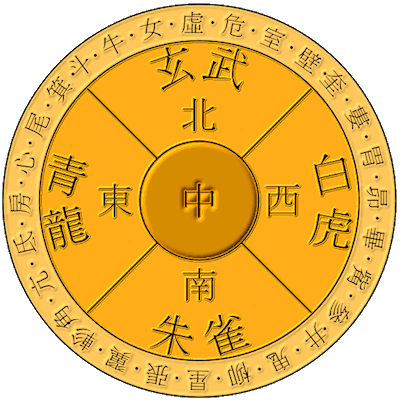
In the age of smart phones, affordable pocket-sized cameras, and Facebook, it can be of no doubt that the solar eclipse which will be seen all across North America this week will be the most well-documented one in history. You can be sure that your aunt will post a shaky, portrait-mode video of the moon eclipsing our view of the sun sometime soon, likely to be accompanied by a voice over amounting to so much as: “Woaaah! This is so COOL!”
Compared to this, early Chinese accounts of solar eclipses, found in the legends, oracle-bone inscriptions, and early literature from the ancient Chinese Xia (c. 2000 BC), Shang (c. 1600 BC), and Zhou (c. 1000 BC) dynasties seem a little more dramatic. An article in the Journal of Astronomic History and Heritage reports that one legend has it that “three flames ate the Sun,” while another reports that “the day dawned twice.” Aside from being merely entertaining accounts (to a modern perspective) of reactions to an eclipse, these records are useful for historiographical reasons.
Because eclipses are periodic phenomena which, thanks to thousands of years of scientific research, can be calculated and predicted, some historiographers of ancient China wish to use accounts of specific eclipses to pin-point absolute dates to certain periods of time. Many of the records of eclipses in ancient China are merely given along with the name of the current King at the time (although lunisolar calendars date back to at least the Zhou Dynasty). Back-calculating from today, we may be able to match a reported eclipse event with a specific (or approximate) date, allowing the reign of the king mentioned in the records to also be thusly dated.
This time of work is difficult, and, as the authors of this article report, “there is great uncertainty in calculating the details of early eclipses, because of the [obvious] problem of applying modern astronomical computing methodology to eclipses that occurred thousands of years ago.” I added the word obvious, which I’m sure the authors would have liked to include, but probably conflicted with the journal’s content and style guidelines. Still, the idea that solar eclipses and the recording of data about them may be useful for reasons other than selling safety glasses is interesting. It makes me wonder what historians of the future are going to want to do with all of our smartphone footage of this week’s eclipse?